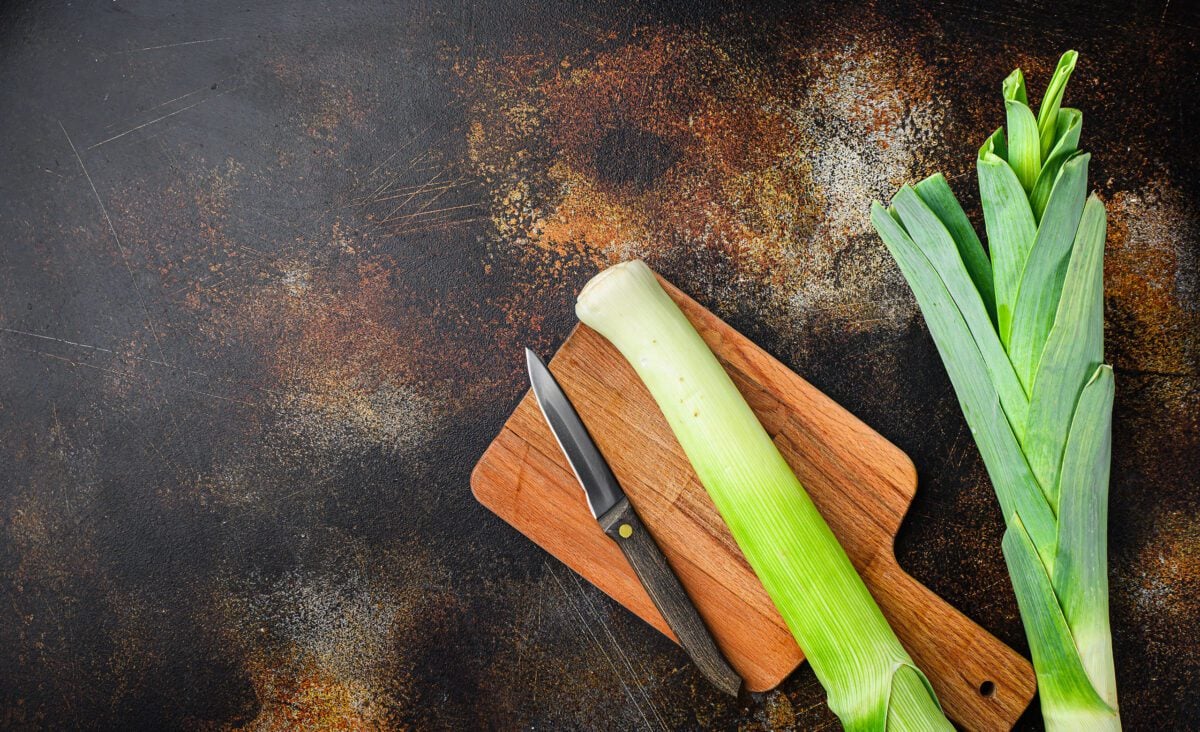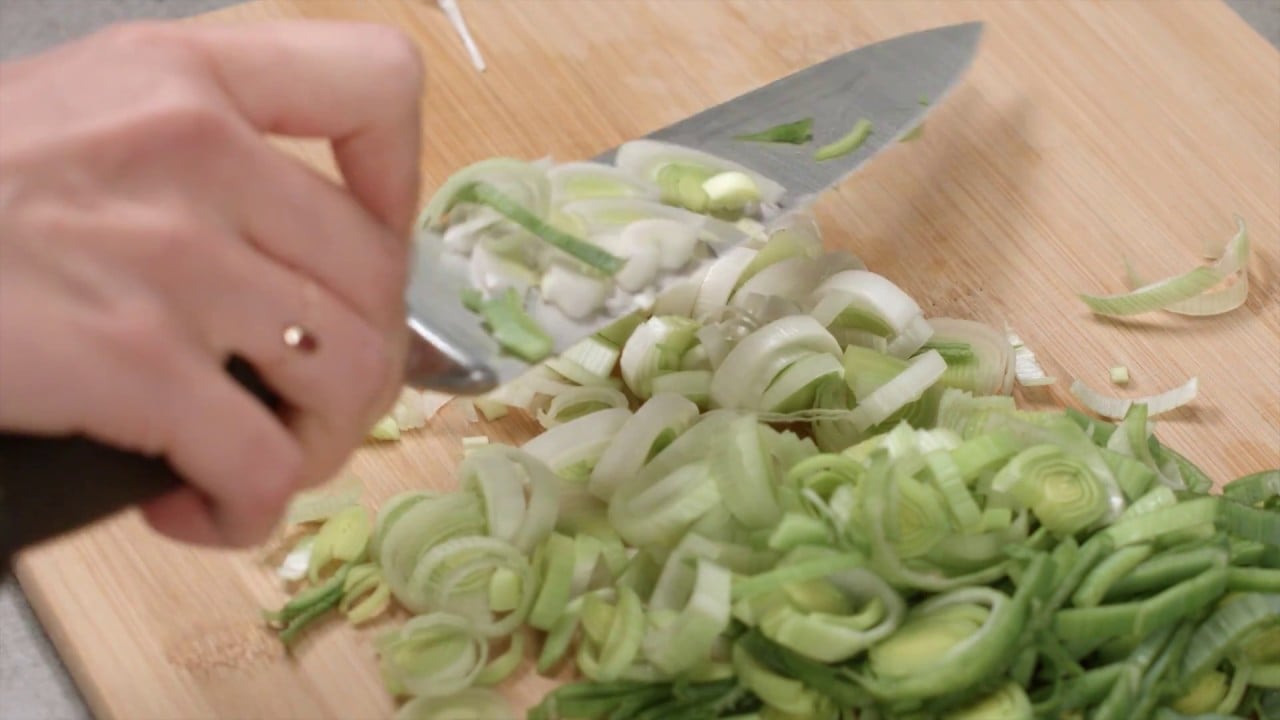The Leek, a versatile vegetable
November marks the return of autumn and winter vegetables, and among them, the leek stands out for its mild flavor and incredible versatility in the kitchen. Whether used in soups, gratins, pies, or stews, it’s a must-have for anyone looking to warm up with comforting and balanced dishes.
In this article, discover the history, benefits, and best ways to prepare and cook this iconic fall vegetable.
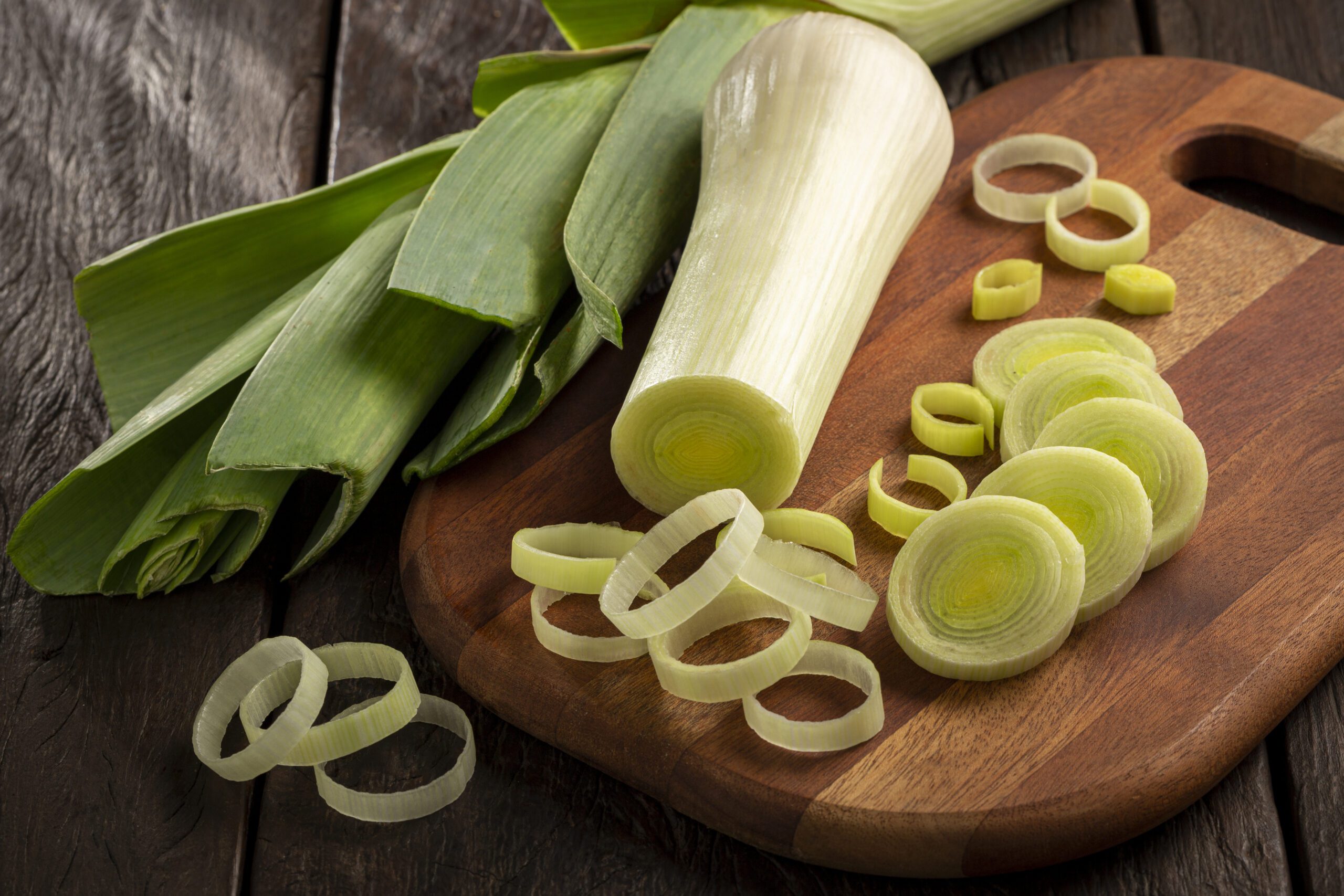
Origin and History of leeks
The leek (Allium porrum) belongs to the same family as garlic and onions, the Alliaceae, and has been cultivated since antiquity. Native to the Mediterranean region, it was popular with the Egyptians, Greeks, and Romans. The Greeks valued leeks for their medicinal properties, and it’s said that Roman Emperor Nero consumed them daily to soothe his voice, earning him the nickname “Porrophagus” (leek eater).
Leeks later spread across Europe during the Middle Ages, becoming a staple in soups and stews. In France, leeks are now a cornerstone of traditional cuisine and have even become the national symbol of Wales, where they are celebrated annually on St. David’s Day.
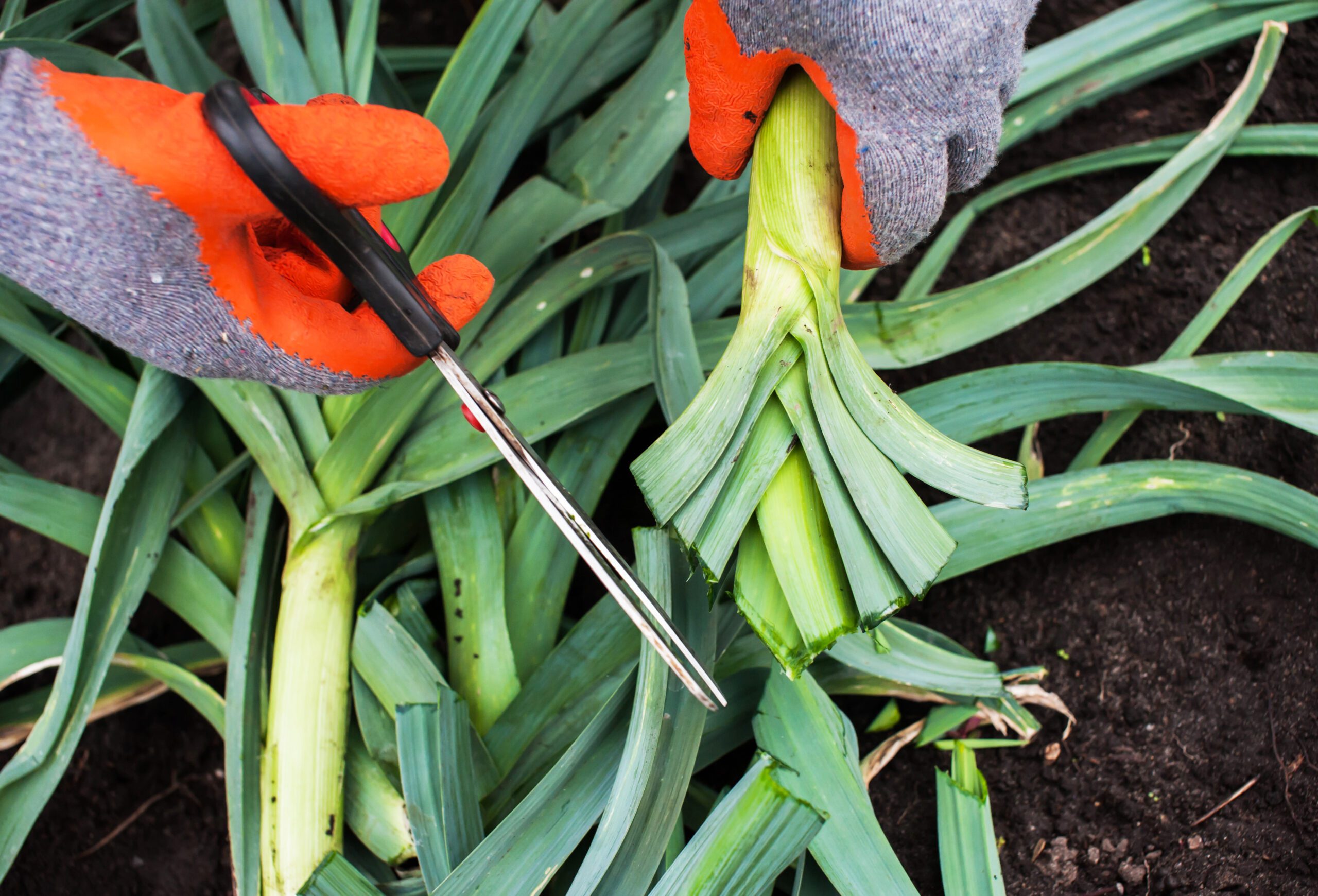
Cultivating leeks
Leeks are hardy vegetables that thrive in cold temperatures, making them ideal for autumn and winter cultivation. While relatively easy to grow, leeks require patience, as they grow slowly and need regular care. Below are some tips for growing leeks, along with a planting calendar for Canada and France.
Leek growing tips
- Variety Selection: There are early, mid-season, and late varieties. Early leeks are typically planted in spring for summer harvests, while late varieties are planted in summer for autumn and winter harvests.
- Soil Preparation: Leeks prefer rich, well-drained, and fertile soil. Before planting, enrich the soil with compost or well-rotted manure to provide essential nutrients.
- Planting: Sow leeks in seed beds or directly into the ground. When the seedlings reach about 6 inches (15 cm) tall, transplant them deeply (4–6 inches or 10–15 cm) to achieve long white stalks.
- Care: Water regularly, especially during dry periods, and hill the leeks (pile soil around the stems) to promote longer white stalks. Remove weeds to reduce nutrient competition.
- Crop Rotation: Avoid planting leeks in the same spot every year to prevent soil depletion. Follow them with less demanding crops or cover crops.
The cultivation calendar may vary slightly depending on the region, but here is a general guide for Canada and France:
Planting Calendar – France
| J | F | M | A | M | J | J | A | S | O | N | D |
|---|---|---|---|---|---|---|---|---|---|---|---|
| 🟡 | 🟡 | ||||||||||
| 🟤 | 🟤 | 🟤 | 🟤 | 🟤 | |||||||
| 🟢 | 🟢 | 🟢 | 🟢 | 🟢 | 🟢 | 🟢 | 🟢 |
🟡 Sowing indoors | 🟤 Sowing outdoors | 🟢 Harvest
Planting Calendar – Canada
| J | F | M | A | M | J | J | A | S | O | N | D |
|---|---|---|---|---|---|---|---|---|---|---|---|
| 🟡 | 🟡 | ||||||||||
| 🟤 | 🟤 | 🟤 | |||||||||
| 🟢 | 🟢 | 🟢 | 🟢 | 🟢 |
🟡 Sowing indoors | 🟤 Sowing outdoors | 🟢 Harvest
Key points summary
- France: Leeks are typically sown under cover in early spring (March-April) and transplanted in May-June. Late varieties are harvested during autumn and winter. In regions with mild winters, leeks can be harvested until January and February.
- Canada: The Canadian climate, particularly in colder regions, limits winter leek cultivation. In milder areas like British Columbia, leeks can be harvested into the winter. Sowing begins in spring (March-April), with autumn and winter harvests in regions where frost arrives later.
Leeks are a versatile and resilient vegetable, ideal for both amateur gardeners and experienced growers. By following this cultivation calendar, you can enjoy a successful leek harvest throughout the year, tailored to the conditions of each region.
Health benefit of leeks
Leeks are not only delicious but also highly nutritious. Here are some of their health benefits:
- Low in Calories: With only 31 kcal per 100 g, leeks are ideal for low-calorie diets.
- Rich in Fiber: Leeks contain about 2 g of fiber per 100 g, aiding digestion and promoting satiety.
- Vitamins and Minerals: They are a great source of vitamins A, C, and K, as well as minerals like iron and manganese.
- Antioxidants: Leeks contain polyphenols that combat free radicals and reduce the risk of chronic diseases.
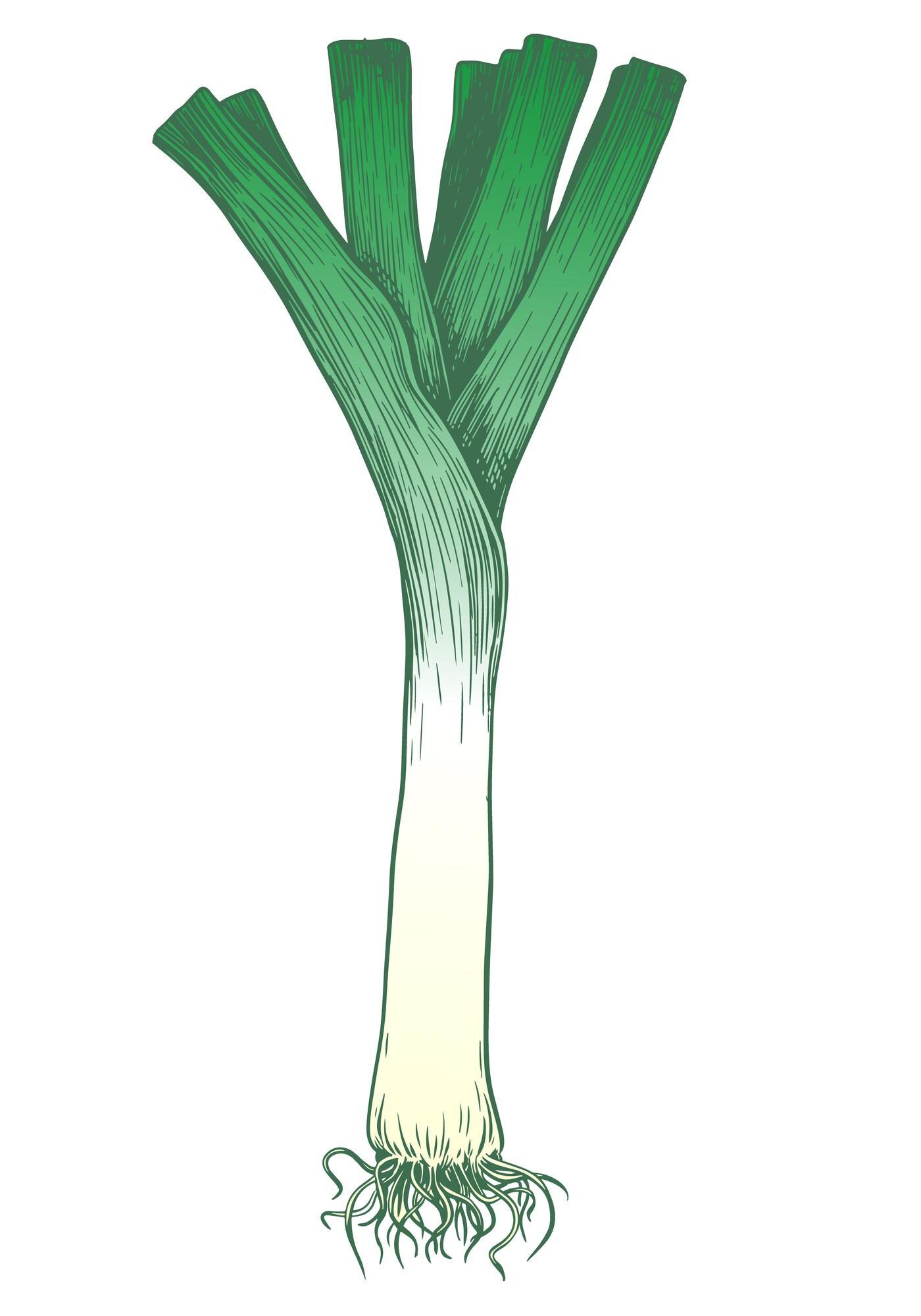
Using different parts of the leek
Each part of the leek has unique characteristics and culinary uses:
- White Part: The tender and mild-flavored white part is perfect for soups, gratins, and stews. It’s also delicious braised or steamed.
- Green Part: Often overlooked, the green part is nutrient-rich and ideal for broths, stocks, or soups. It can also be finely chopped and added to dishes for extra flavor.
Buying and storing leeks
When buying leeks, choose those with firm white bulbs and vibrant green leaves. Avoid leeks with wilted or yellowing leaves. Store them in the refrigerator for one to two weeks, ideally in a paper bag to reduce moisture buildup.
Preparing and cooking leeks
Cleaning leeks is essential, as soil often gets trapped between the layers.
Follow these steps to prepare them :
- Cut off the root and the dark green tops.
- Slice the leek lengthwise.
- Rinse thoroughly under running water, separating the layers to remove all dirt.
Once cleaned, leeks can be used in a wide variety of recipes:
- Sautéed: For a simple side dish, sauté leek slices in a bit of olive oil with a pinch of salt.
- Braised: Braised leeks make a delicious accompaniment to meats and fish. Cook them in a bit of broth until they are tender.
- Soup: Leeks are a key ingredient in winter soups. Try a leek and potato soup for a comforting dish.
Leek recipes
Conclusion
Leeks are the quintessential November vegetable, combining delicate flavors with nutritional benefits. Their mild, slightly sweet taste makes them a must-have for autumn and winter dishes, from comforting soups to gratins and savory pies. Take advantage of the season to incorporate this versatile vegetable into your recipes and inspire others to explore new ways of enjoying it.

